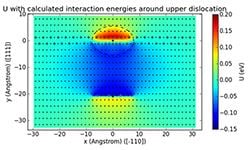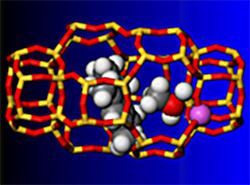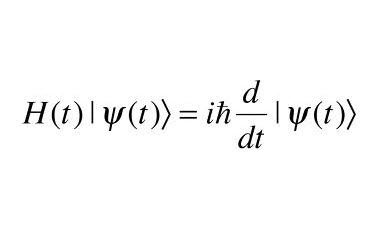SINTEF has been active in atom-scale modeling since the nineties, but as the volume and opportunities grew, it became clear that better coordination and more extensive use of the methods would be highly beneficial. Our practitioners in the field are spread over a number of organizational units in SINTEF M&C, but the project serves as a virtual department transcending organizational limits. This virtual department is already 12-13 persons strong, thus representing one of the larger groups within atom-scale modeling in Europe. Most of our research is carried out in close collaboration with experimentalists and scientists in other fields of modeling. We have ongoing collaborations with some of the foremost groups in the field globally.
The project activities include specific research subprojects aimed at competence development, and a more general part in which we build new alliances with experimentalists and researchers using modeling on other scales. The main goal remains to take atom-scale modeling into use where it can lead to more efficient research and help us to assume a world-leading role. We aim for relevant and market-driven research, while focusing on using available methods in innovative ways. Taking new techniques into use, we are typical "fast followers".
One of our greatest strengths is that we cover such a broad scope of the available methods and approaches, which enables us to combine them to understand systems and phenomena more comprehensibly. Hence, we apply a broad spectrum of atom-scale modeling:
-
Ab Initio (HF, MPn, CC, MCSCF, etc.)
Interaction energies around a defect in crystalline aluminium as calculated using different atom-scale models - Density functional theory (DFT; molecular and periodic)
- Molecular mechanics and –dynamics
- Semiempirical and hybrid methods
- Molecular Dynamics
- Stochastic methods; Monte Carlo (MC) simulations; statistical thermodynamics
In principle, any experimentally observable property can be calculated. The areas of applicability are wide in practice as well:
- Reaction- and activation energies for chemical reactions in the gas phase, in solution, in the solid state, and on surfaces and interfaces
- Electric properties
- Optical properties
- Mechanical properties
- Phase stabilities and theoretical phase diagrams
- Diffusion and mass transport
- Adsorption isotherms
- Spectra (IR/Raman, UV/Vis, ESR, NMR, EXAFS, etc.)
The research activity of the project has three specific focus areas chosen, among other things, because of their potential for coupling of atom-scale techniques with other approaches in multidisciplinary networks:
-
Development of organic semiconductors for use in electronic applications such as photovoltaic cells or sensors
- Materials properties of aluminium alloys based on their atom-scale structure
- Computational screening of porous materials for separation of gas mixtures (e. g. CO2/methane).
The project has contributed, and contributes, to creation of new and more interdisciplinary research in a number of new fields. Some examples (the list is not comprehensive):
- Calculation of material properties of aluminium alloys based on their atomic structure
- Calculation of reaction- and activation energies for networks of reactions in industrial processes, enabling improved processes requiring less raw material and causing less pollution
- Computational testing/screening of porous materials as adsorbents for gas separation (e. g. CO2/methane).
The project is an internal SINTEF project, financed by the basic grant from the Research Council of Norway. The budget is 11MNOK (roughly 1.4M€) over 3 years.

